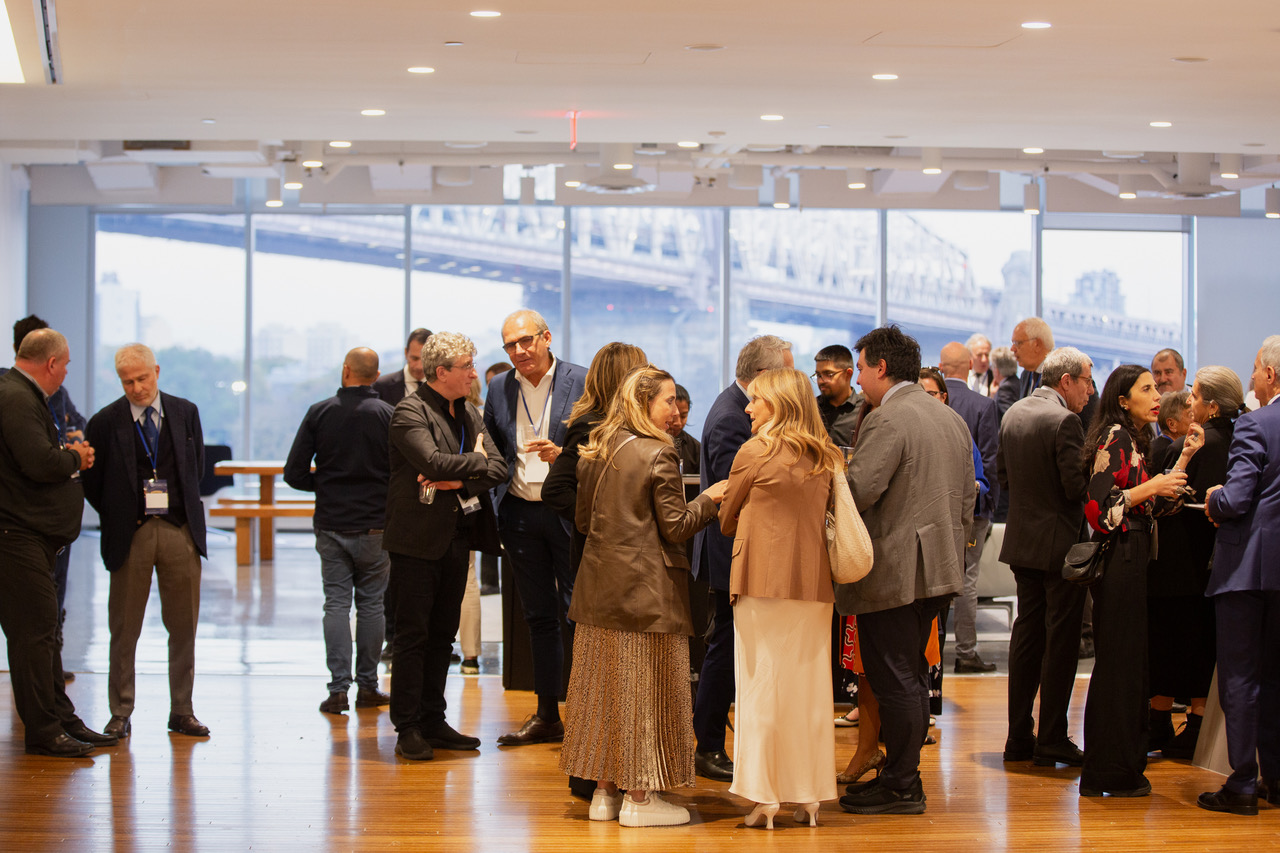“An important fact has emerged from these two days: many of our strengths within the Federico II [University] in research, technology transfer and teaching represent areas of great interest here in the United States. There is complementarity between the Federico universe of innovation and the new New York reality.” Giorgio Ventre, director of the Federico II Department of Electrical Engineering and Information Technology, expressed great satisfaction at the end of the event organized in New York by the Neapolitan university, which this year celebrated eight hundred years since its founding. Recalling the speech of Greg Morrisett, dean of Cornell Tech, he reiterated that the time is ripe because “New York is no longer just finance, but an international hub of high-tech research and innovation. The platform of interaction that we have been able to activate in these two days at Cornell Tech must become a constant in our work. We want to use these spaces to provide new opportunities for startups and spin-offs from the Federico II to insert themselves in a world – the American one – that is more receptive at this time.”

That intent was certainly on noticeable at the event, which included more than thirty speakers from the worlds of academia, research, and entrepreneurship. Among them were many former students whose international success is a testament to the continued prestige of Federico II.
Among them was Elena Aprile, professor of physics at Columbia University, who stressed the importance of creating a more energetic international research environment that would allow Italian students to spend working periods in America during their training.
That stage is set, also thanks to instruments such as the PNRR, Ventre continued, “that allow Italian universities, and in particular the Federico II, to create research infrastructures capable of placing them at the same level as the best American institutions.” However, an important gap must be bridged. “The difference between Italy and the United States is not in talent or research infrastructure, which we are also investing in, but in the absence of a market for the innovation produced in Italy. This direct relationship we have established with American academia will help us bring new ideas to Italy as well.”
This goal was also reiterated yesterday by Fabrizio Di Michele, consul general of Italy in New York: “these two days are not only a way to celebrate the important milestone of 800 years, but an opportunity to look ahead, to the future. To do this, there is no better place than New York.” After detailing the many cutting-edge departments under the University’s purview, the consul general stressed that among the most important challenges facing Italian academia is “connecting our talents, but also the world of research and innovation to the job market. On this front we can learn a lot from the United States.”
Energy, then, is not lacking, as dean of the University of Naples Federico II Matteo Lorito also emphasized, imploring the audience to look ahead, to project a vision into the next eight centuries for the oldest secular and state university in the world.
THE UNIVERSITY OF NAPLES FEDERICO II – Founded by Frederick II of Swabia on June 5, 1224, it is one of the oldest in Europe. With a student population of more than eighty thousand and a teaching team of 3,500 faculty and 5,000 junior professors, the University of Frederick II today represents one of the most storied academic institutions in Europe.



















